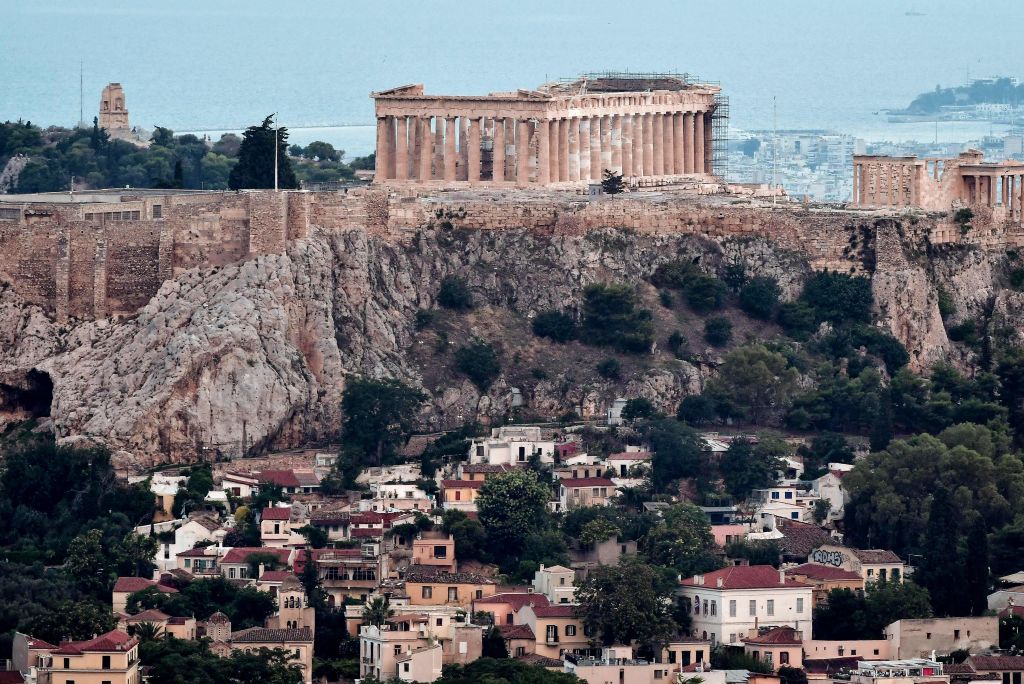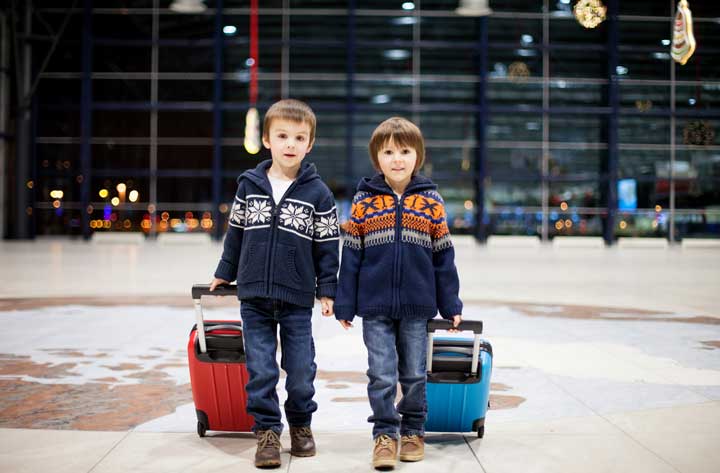Masai Mara Migration

The Masai Mara Migration Season is one of the most incredible natural spectacles in the world. It’s a time when millions of wildebeest, zebras, and other animals migrate from the Serengeti in Tanzania to the Masai Mara in Kenya in search of food and water.
This annual event is a bucket-list adventure for many travellers, and for a good reason. In this blog post, we’ll take a closer look at the Masai Mara Migration Season and everything you need to know to experience this incredible phenomenon.
What is the Masai Mara Migration Season?
The Masai Mara Migration Season, also known as the Great Migration, is an annual event between July and October. During this time, millions of wildebeest, zebras, and other animals travel from the Serengeti in Tanzania to the Masai Mara in Kenya. The need for food and water fuels this incredible journey, and it’s one of the most awe-inspiring natural spectacles in the world.
The Masai Mara is a vast savannah ecosystem that covers an area of 1,510 square kilometres. It’s located in southwestern Kenya and is named after the Masai people who have lived there for centuries. The Masai Mara is known for its abundant wildlife, including the Big Five (lions, leopards, elephants, rhinos, and buffalos), and it’s a popular destination for safari enthusiasts.
The Great Migration is an incredible sight to behold, as it’s estimated that over 1.5 million wildebeest, 200,000 zebras, and 350,000 gazelles journey to the Masai Mara. The migration is dangerous for the animals, as they must cross rivers and face predators. But for travellers, it’s an unforgettable experience worth the trip.
When is the Masai Mara Migration Season?
The Masai Mara Migration Season typically occurs between July and October. However, the exact timing of the migration can vary depending on several factors, including the weather and rainfall patterns. In general, the migration begins in July when the wildebeest gather in the Serengeti, and it reaches its peak in August and September when the animals start to cross the Mara River into the Masai Mara.
Planning your trip is important if you want to witness the Masai Mara Migration Season. You’ll need to book your safari well in advance, as this is a busy time of year for tourism in the region. Working with a reputable tour operator with experience organizing trips to see the migration is also a good idea.
What can you expect to see during the Masai Mara Migration Season?
During the Masai Mara Migration Season, you can expect to see millions of wildebeest, zebras, and other animals as they make their way across the savannah. Migration is a dynamic process, and the animals constantly move as they search for food and water. Depending on when you visit, you may see different stages of the migration.
 |
Antelopes during Masai Mara Migration Season
In July, the wildebeest gather in the Serengeti to prepare for the Masai Mara journey. This is a good time to see large herds of animals as they graze on the grasslands. As the migration progresses, the animals move towards the Mara River, where they must cross to reach the Masai Mara.
The Mara River crossing is one of the migration’s most dramatic moments. The river is home to crocodiles and other predators, and the wildebeest and zebras must cross it to continue their journey. The crossing is a sight as thousands of animals rush through the river, creating chaos and excitement.
But the migration is not just about the river crossing. There are many other experiences during the season, and each one is equally amazing.
Best things to do during the Masai Mara migration season
Hot Air Balloon Safari: Take a hot air balloon ride over the plains of the Masai Mara and witness the migration from above. The views are breathtaking, and you’ll have a unique perspective of the animals and the landscape.
Game Drives: Embark on a game drive and explore the vast plains of the Masai Mara. You’ll have the opportunity to see many animals, including lions, cheetahs, elephants, giraffes, and more.
Guided Walks: Walk the Masai Mara and learn about the local flora and fauna. Your guide will point out the different animal tracks and signs, and you’ll have the opportunity to see some of the smaller creatures you may have missed during a game drive.
Cultural Experiences: Immerse yourself in the local culture by visiting a Masai village and learning about their way of life. You’ll have the opportunity to meet the locals, learn about their traditions, and even try your hand at spear-throwing.
Photography Safaris: If you’re a photography enthusiast, the Masai Mara migration season is the perfect time to capture some stunning images. You’ll be able to photograph the animals in their natural habitat and capture some truly amazing moments.
Bird Watching: The Masai Mara is home to over 450 species of birds, making it a birdwatcher’s paradise. During the migration season, you’ll have the opportunity to see a wide range of bird species, including the famous Secretary Bird, the national bird of Tanzania.
Conservation and Community Projects: Many lodges and camps in the Masai Mara are involved in conservation and community projects. You can participate in these projects and positively impact the local community and wildlife.
The Masai Mara migration season is a bucket-list adventure that should be noticed. Whether you’re a wildlife enthusiast, a culture lover, or a photography buff, there’s something for everyone during this incredible season. So pack your bags, grab your camera, and prepare for an unforgettable Masai Mara adventure!







